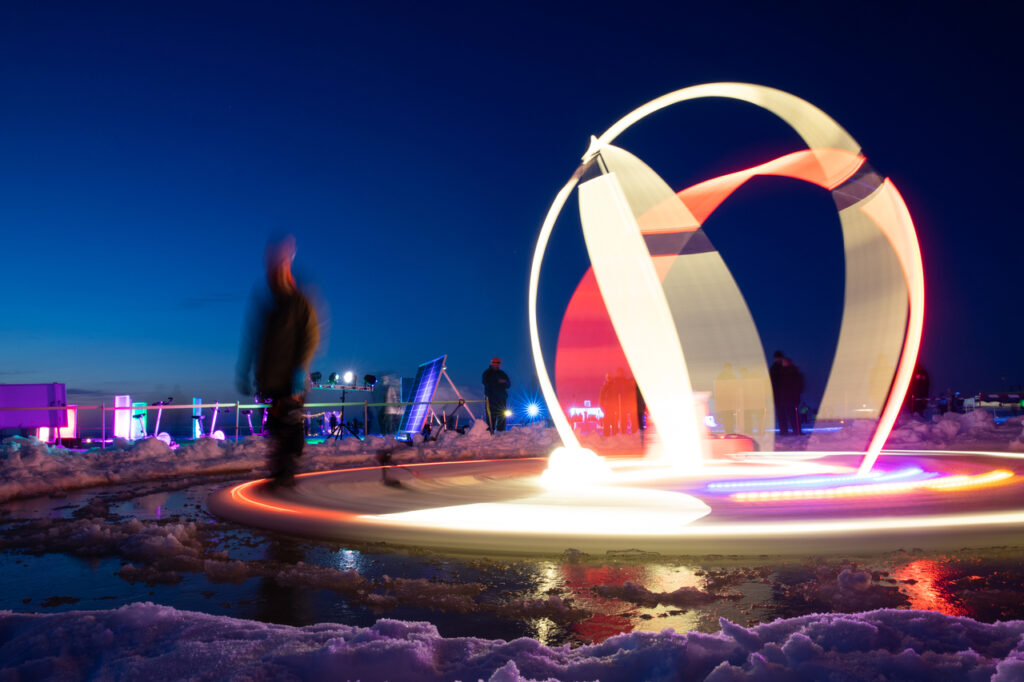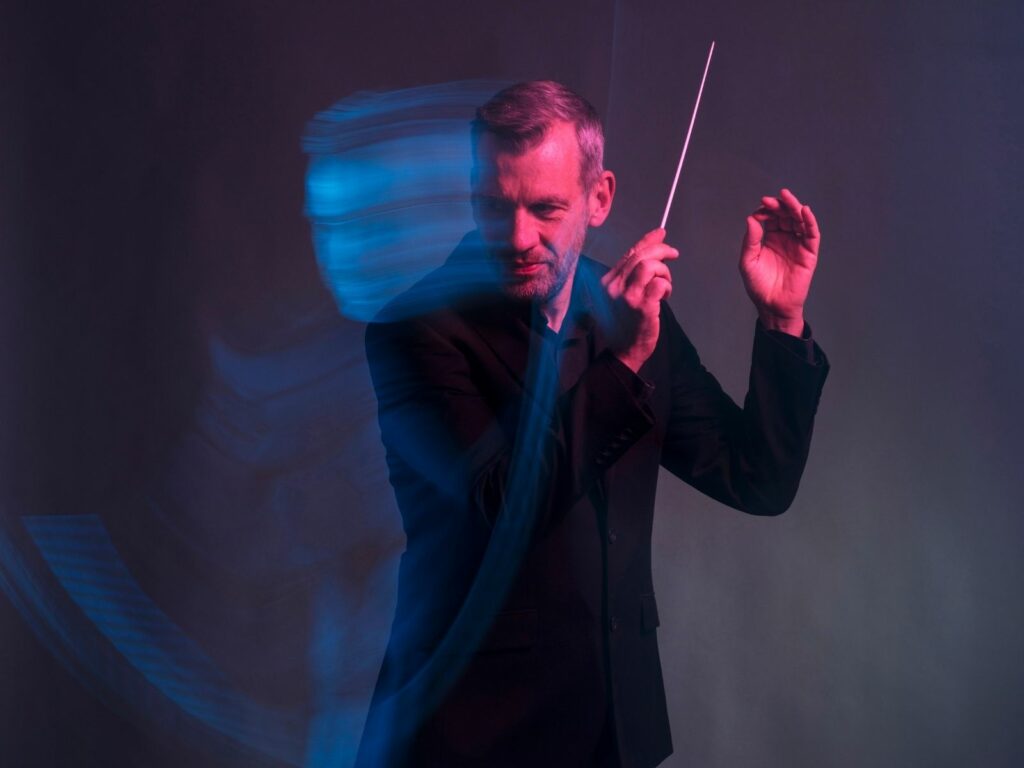Annu Höttönen


Venice Art Biennale 2026 exhibition to Oulu – Open call for the exhibition at the Finnish Pavilion now open

This year’s mural will be located in Tuira

62 new projects for Oulu2026 culture programme

Brave Hinterland: Nature town Kuusamo

The success story of local food is the talk of the day – Oulu2026 Arctic Food Lab awarded food and catering professionals

Brutally icy atmosphere at Nallikari – Frozen People festival serves art, music and local food

Oulu2026 Cultural Personality: Valentino Tignanelli

Cultural personality of the week: Rumon Gamba

Varikko: a show that makes you want to come back for more

What do you think about Oulu as a cultural city and how the region is preparing for its year as European Capital of Culture? Let us know your opinion by responding to our survey!
